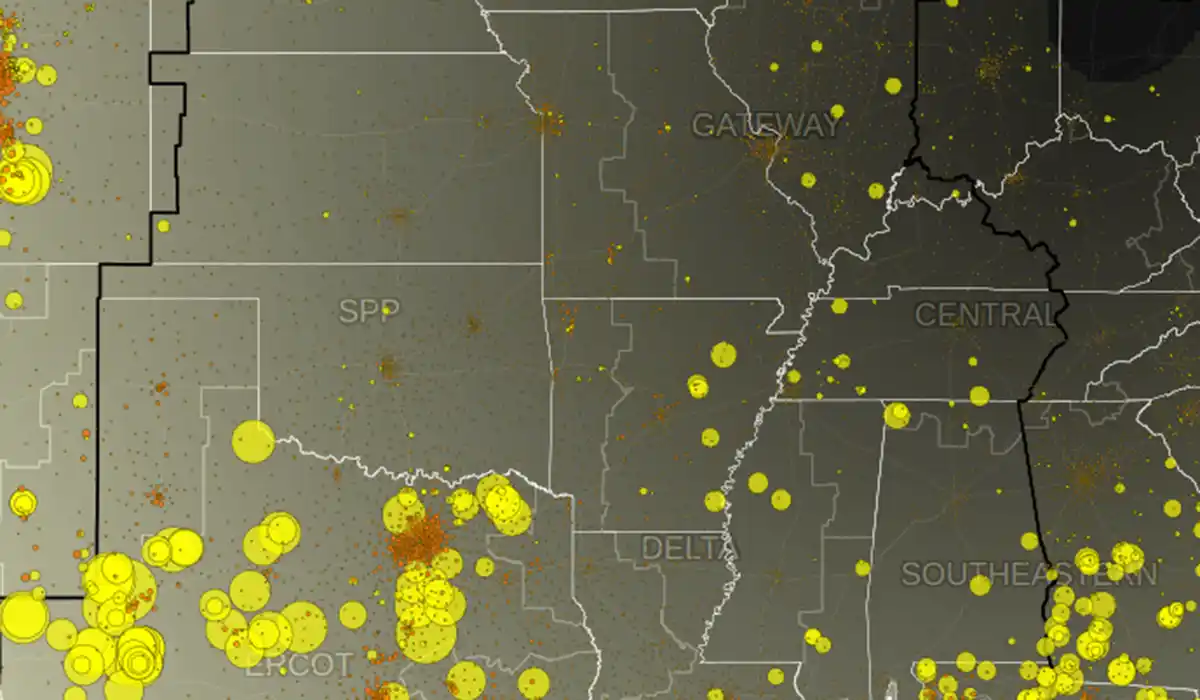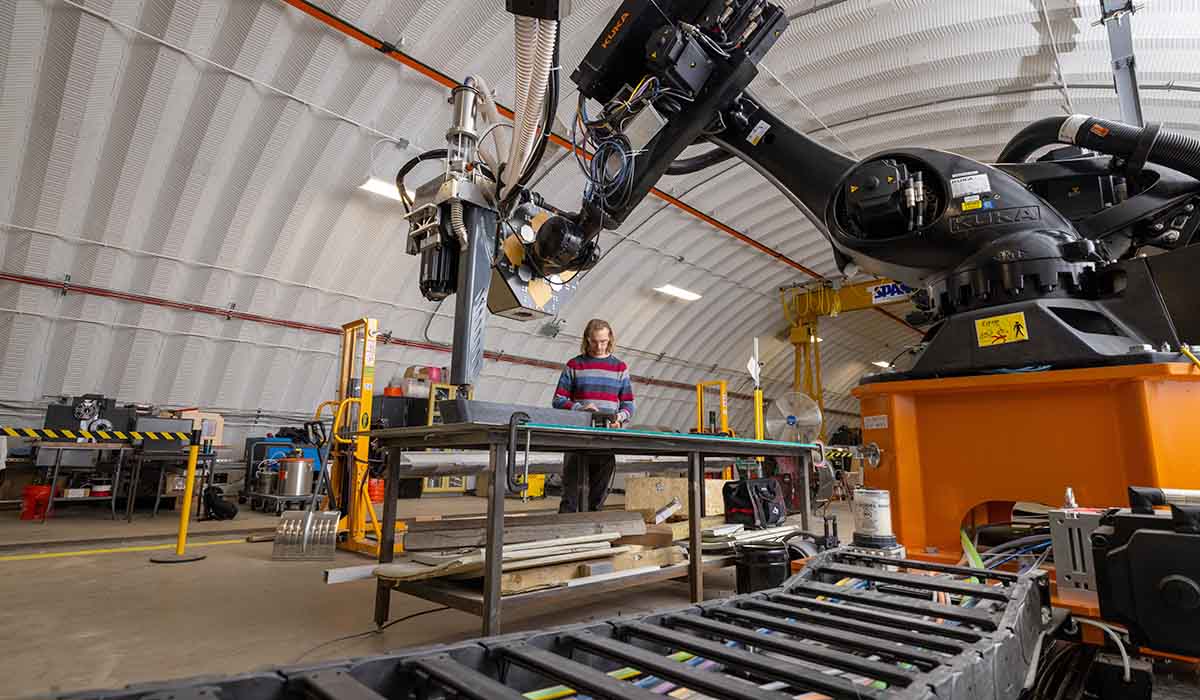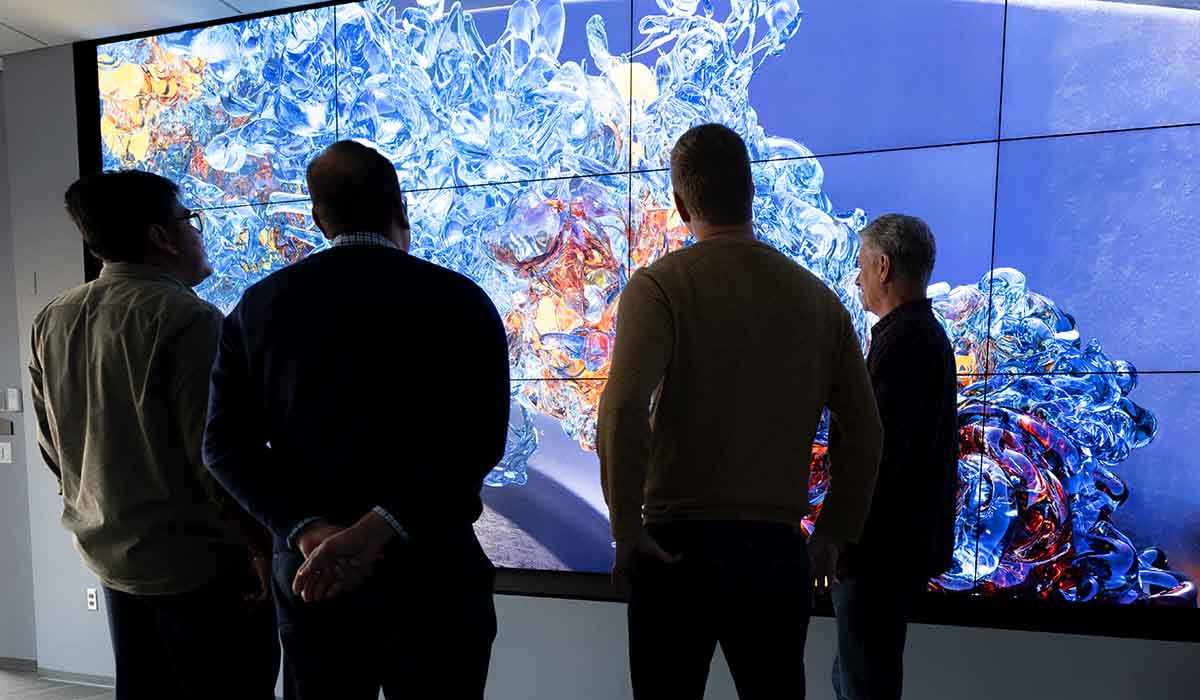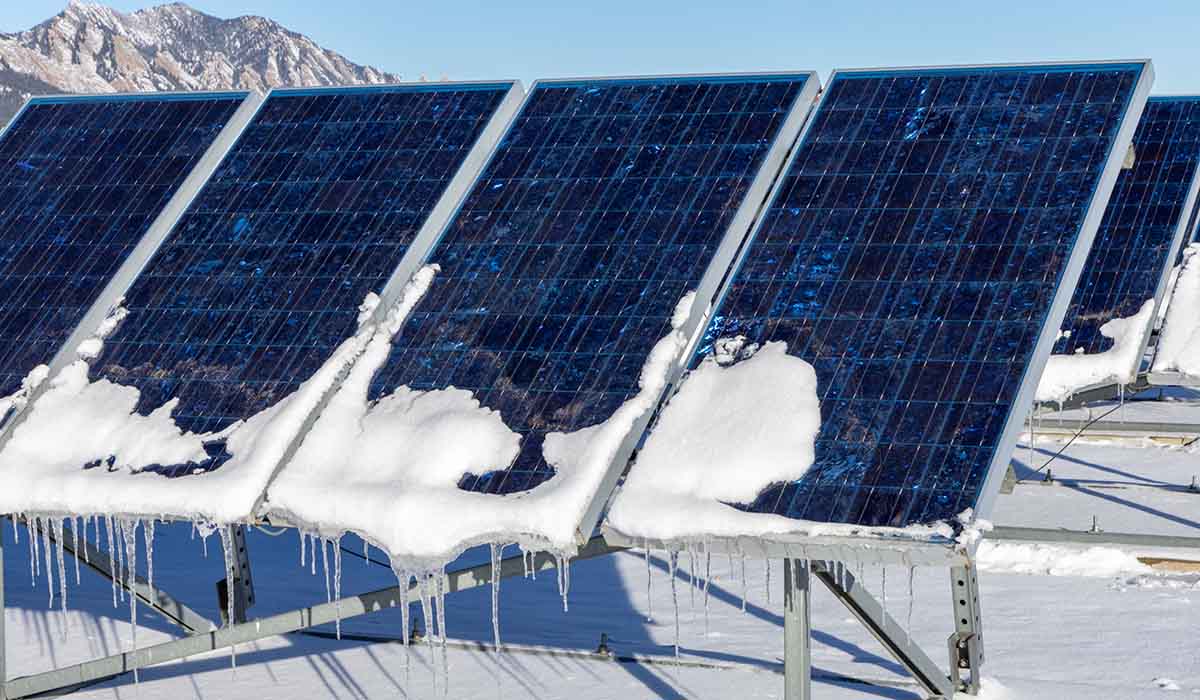We accelerate energy technologies through supercomputing and scientific collaboration.
View this online overview of accomplishments or download the full report.
Advanced computing at NREL in Fiscal Year (FY) 2024 leapt forward with the completed buildout of Kestrel—a high-performance computing (HPC) system with 44 petaflops of power—and expanded capabilities in artificial intelligence (AI) and accelerated computing.
Computing Usage
In FY 2024, NREL's HPC resources supported cross-disciplinary research, yielding more than 450 technical outputs that pushed the boundaries of science and engineering.
HPC facilities supported 427 modeling and simulation projects across the spectrum of energy technologies and systems integration research.
Advanced Capabilities at a Glance
NREL's advanced computing capabilities include these featured projects. For more details and all upgrades, download the full report.
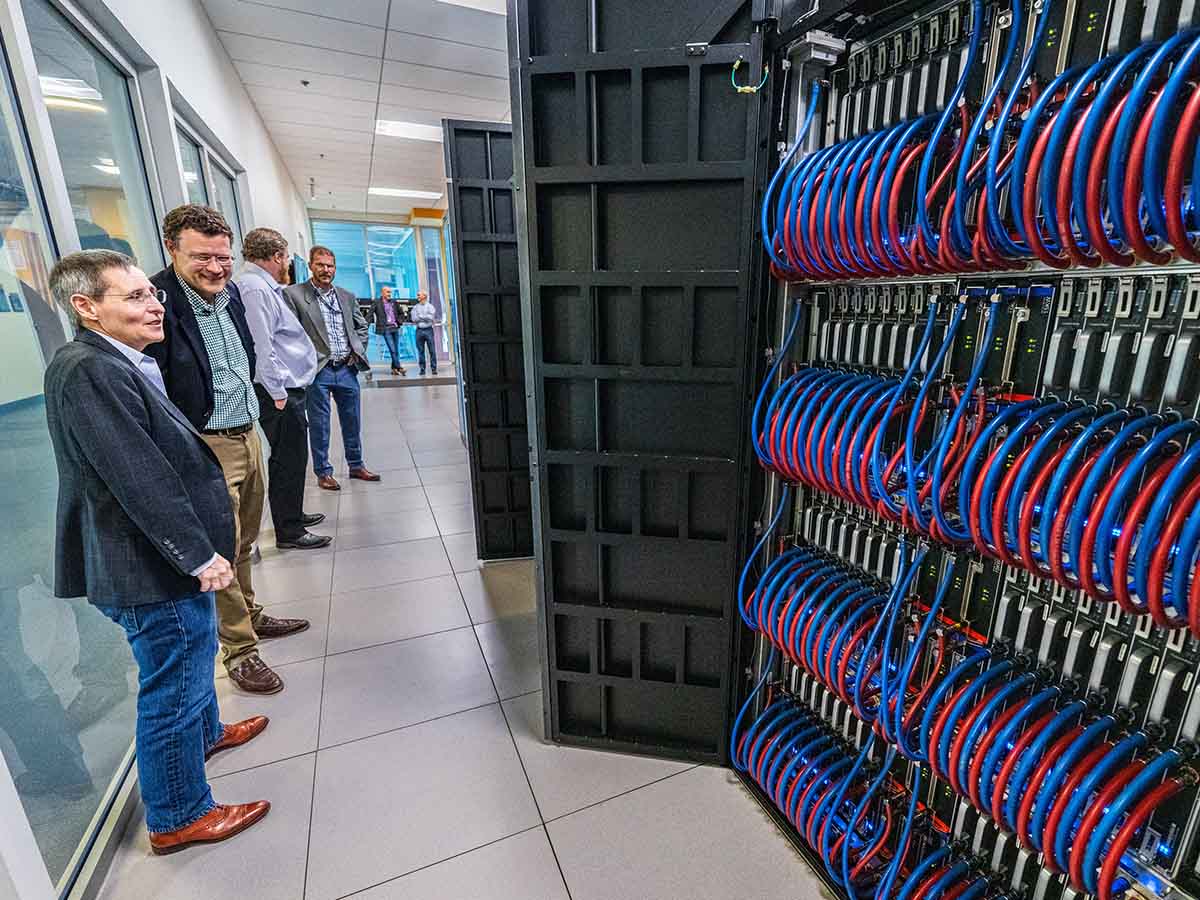
Kestrel Supercomputer Energizes Energy Research
Kestrel entered the TOP500 list in 2023 as the 67th most powerful supercomputer in the world for its CPU capacity. This year, Kestrel's GPU capacity achieved #71 in world. With installation now complete, computing for energy research is elevated to new heights enabling emerging AI and machine learning workflows.
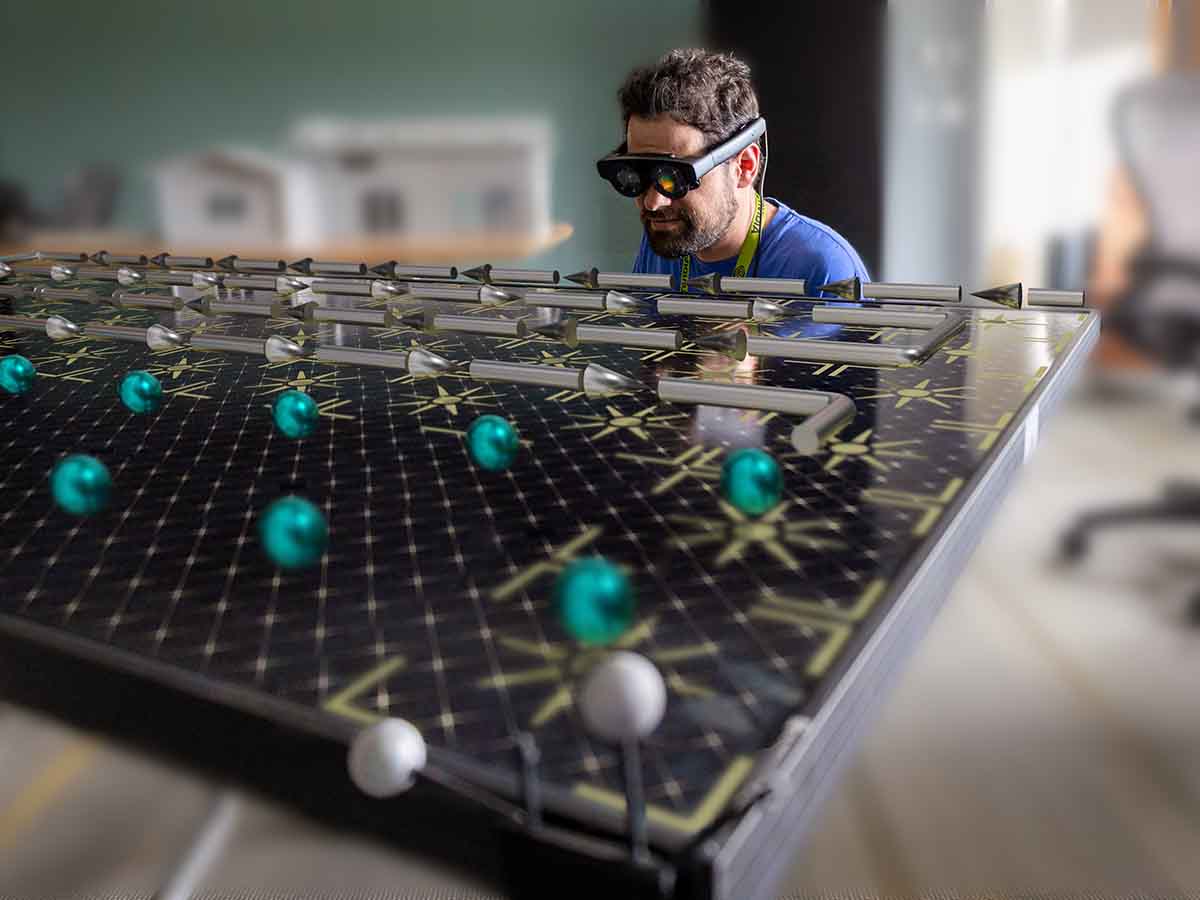
Situated Visualization of Photovoltaic Module Performance
The Insight Center's new situated visualization capability overlays digital information onto physical objects or environments, enabling users to explore spatially mapped data in the physical world. For example, users can adjust the orientation of a physical photovoltaic module and visualize real-time performance changes on the module itself.
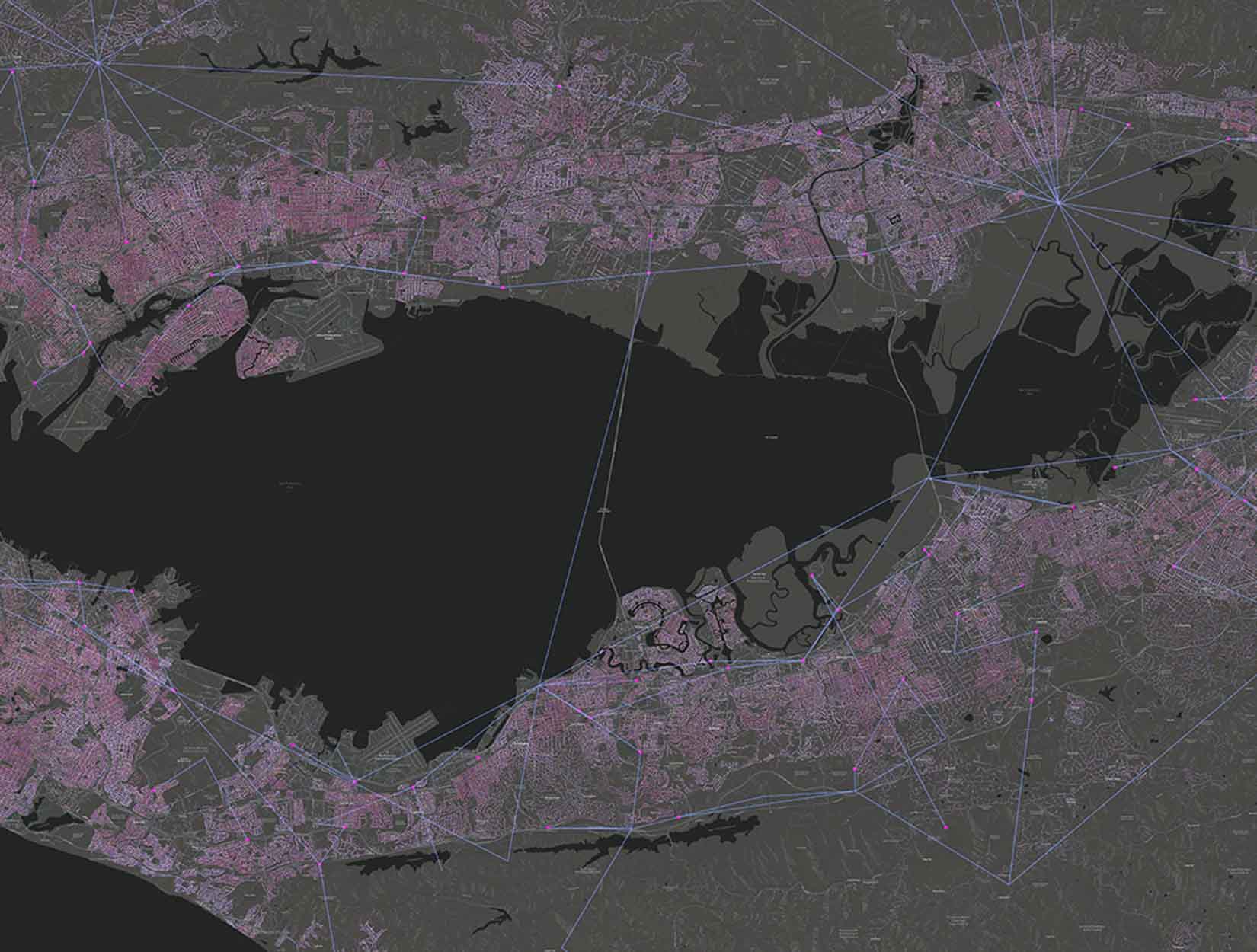
Tool Highlights Hydrogen Cost-Reduction Strategies for Large-Scale Industrial Use
New tools, like the Hybrid Environment Resources and Operations (HERO) tool, lower the barriers for researchers to use computational capabilities and develop their workflows faster. In FY 2024, HERO helped visualize performance data from more than 50,000 hybrid U.S. energy plant locations for cost reduction and storage strategies.
Research Highlights
Advanced computing research collaborations spanned multiple disciplines and technologies as these featured highlights show. For more details, download the full report.

The Broader Computing Ecosystem
SolarAPP+ Facilitates Residential Solar Permitting and Installation
In 2024, R&D100 honored the SolarAPP+ web-based platform with selection as an award finalist for automating solar permitting for local governments and other authorities. SolarAPP+ has been a collaborative effort since 2021, bringing together NREL, key code officials, and the solar industry to streamline solar permitting and installation.
Funded by the U.S. Department of Energy Solar Energy Technologies Office
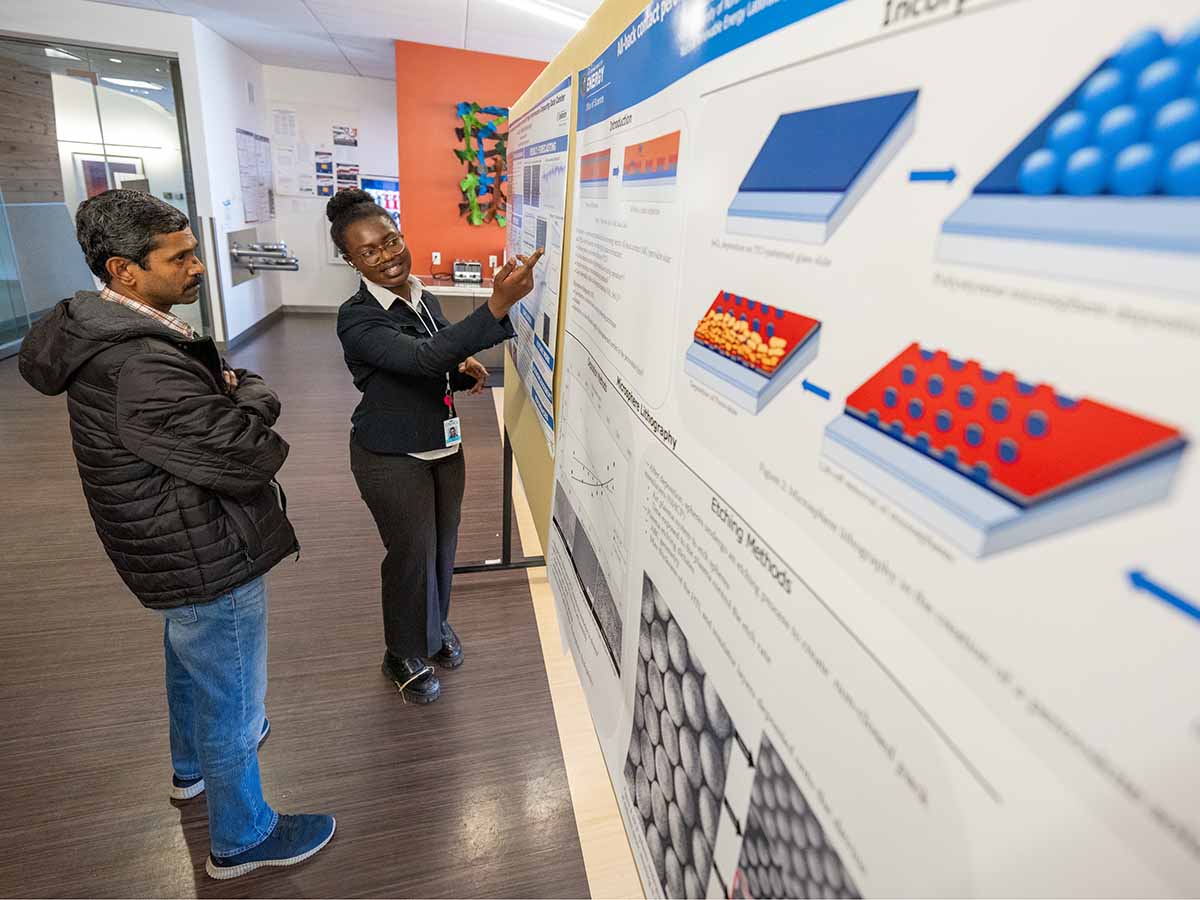
Early Careers in Computing
Understanding Fuel Cell Device Complexity With Artificial Intelligence
In collaboration with NREL researchers, graduate students from Rensselaer Polytechnic Institute and New Mexico State University used Kestrel to complete their dissertation work using AI to understand transport and reactivity in fuel cell devices. The goal is to quickly develop AI models of electrocatalytic devices for any underlying chemistry, catalyst, and polymer electrolyte.
Funded by the U.S. Department of Energy Hydrogen and Fuel Cell Technologies Office’s ElectroCat Consortium
Publications
View a 2024 list of advanced computing publications or or download the full report.
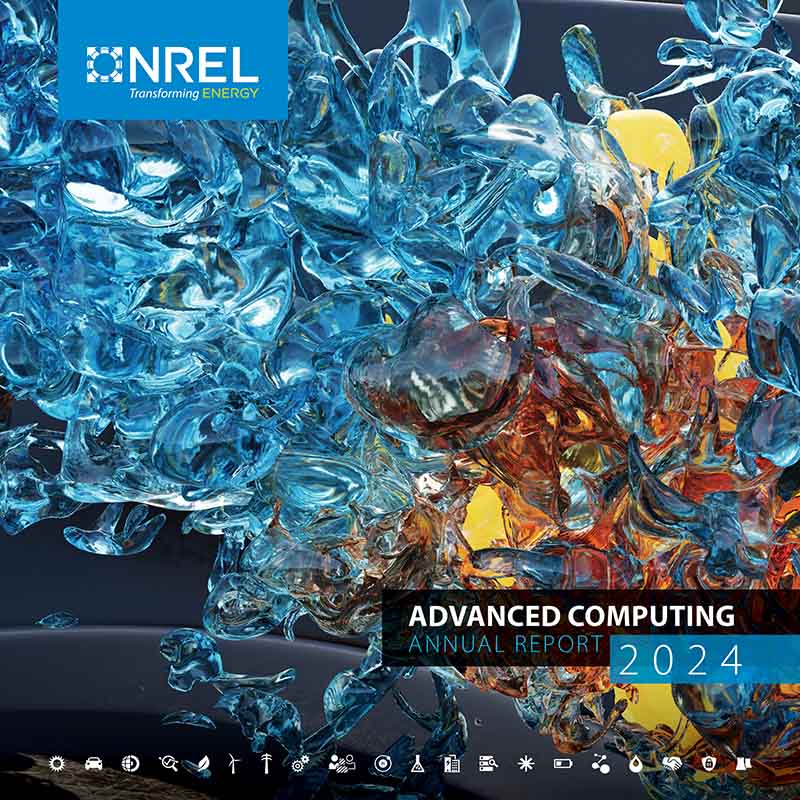
Download
Read more about advanced computing accomplishments in FY 2024 by downloading the full report.
For information about NREL's advanced computing capabilities, see the Computational Science website.
Share
Last Updated June 12, 2025


